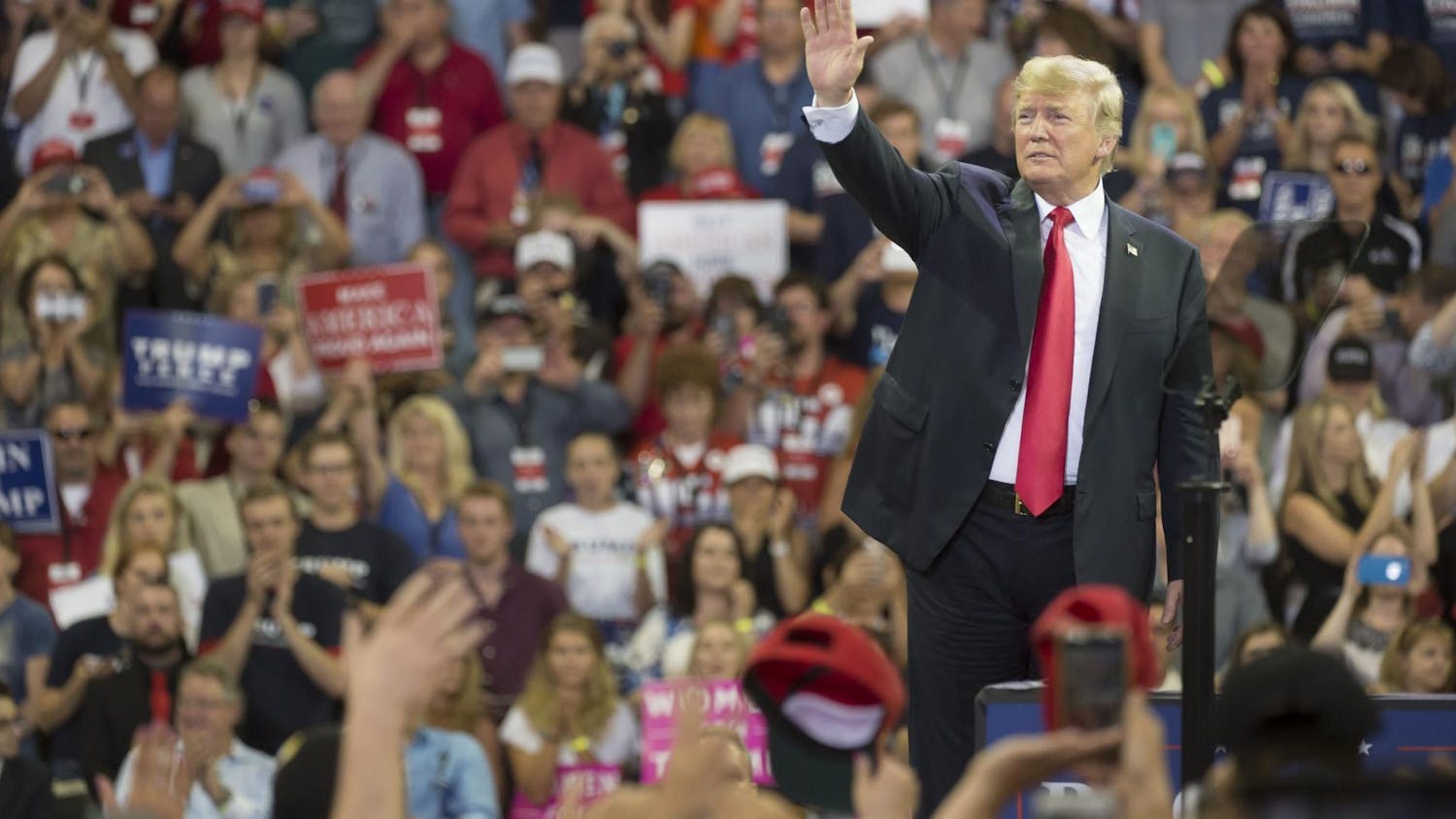President Trump’s oh-so-beloved tax agenda was signed into law in 2018. Even though it was a tax bill, the name is deceiving. This bill has a lot of implications for Obama-era healthcare reforms. In a rally in Michigan last spring, Trump even noted, “Some people would say, essentially, we have gotten rid of [Obamacare].” This, of course, is false, and the Affordable Care Act (ACA) is still the law of the land.
That being said, the Trump Administration did strip an integral part of the ACA: the individual mandate. This mandate is likely the most contentious part of Obamacare. Basically, this clause of the ACA requires that all people, regardless of their health status, buy health insurance. Failure to do so results in a financial penalty, which could be as high as 1 – 2.5 percent of your annual income. This law was meant to encourage healthy, young individuals to buy into the system as a means to offset the cost of older, sicker people. It was so controversial that the mandate reached the Supreme Court in 2012. Ultimately, however, it was deemed to be constitutional under the government’s taxing discretions.
With the death of the mandate, the question of its practical effectiveness has surfaced. In many ways, the mandate was a failure. Not only was there a widespread malaise among Republicans regarding the government’s coerciveness in forcing people to purchase insurance, but the penalty for opting out was too low to sufficiently compel citizens to buy Obamacare. When the premium to get insurance was consistently higher than the penalty, the incentive to get insurance diminished. Additionally, the federal subsidies that allowed low-income families and individuals to purchase health insurance at a reasonable cost were simply inadequate.
The mandate is the closest the United States has ever come to "socialized medicine," and it really didn’t make the splash that everyone was expecting. In 2016, 6.5 million Americans paid the penalty that came to be an average of $70 to avoid paying a premium, and Obama even expanded exemptions so more people could opt out of buying Obamacare with no consequence. Ultimately, the individual mandate was far too modest to have any substantial effect on day-to-day Americans. Perhaps higher penalties and more subsidies to cover low-income people would have created a more robust law, but of course, that would increase taxes, which no one likes.
My point is that the individual mandate wasn’t the answer to decreasing the number of uninsured Americans, but neither is the new tax bill. American healthcare reform tends to be piecewise, meaning that it simply puts a Band-Aid on existing problems and waits to see what happens. It’s hard to reform a system that’s so fragmented piece by piece. The American system is governed by markets and exchanges and socialized programs, so it’s impossible to ensure that all people can access care. Fixing this mess will require us to put piecewise change on the backburner for a moment and take a leap of faith to reevaluate the entire system.
More from The Tufts Daily
The issue with celebrity worship
By
Gretta Goorno
| April 23
Trump, the Bible salesman
By
Sadie Roraback-Meagher
| April 23
Tok the Talk: The epidemic of iPad kids
By
Annika Pillai
| April 23





